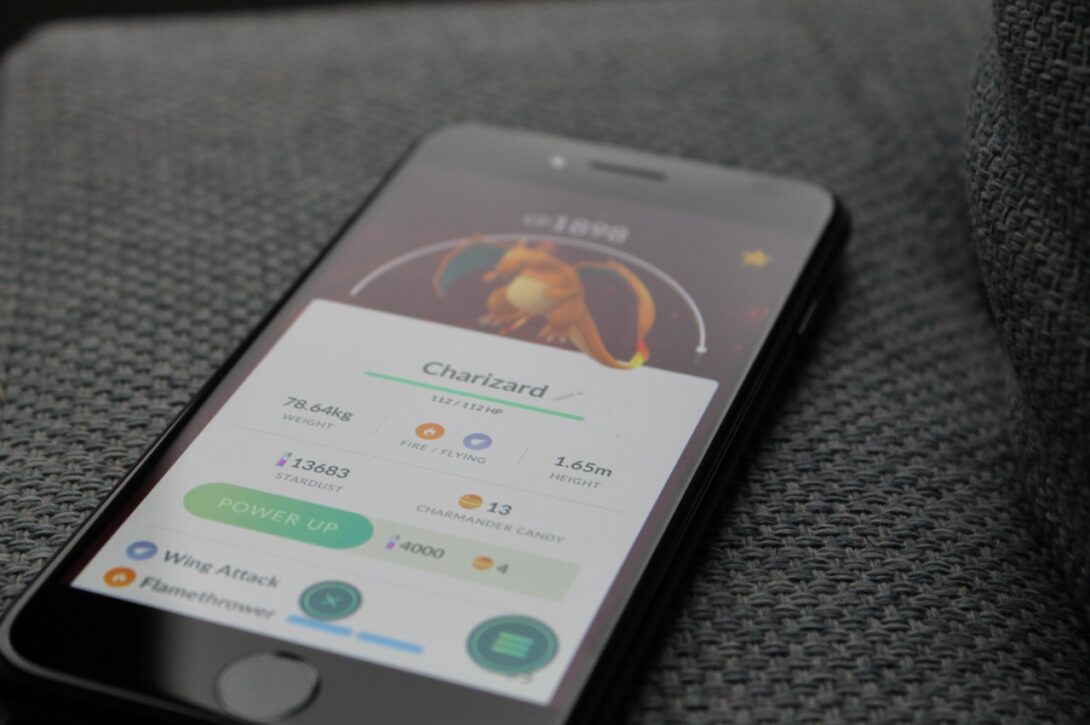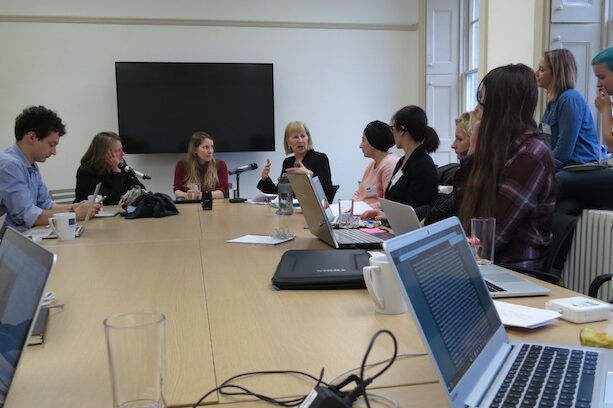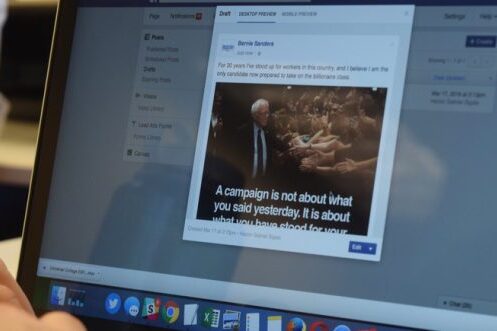Blog title
News
- Articles from Policy & Internet
- Books
- Call for Papers
- Child Safety
- Collective Action
- Conferences
- Democracy
- Development
- Economics
- Education
- Environment
- Ethics
- Governance & Security
- Health
- Interviews
- Mapping
- Methods
- Policy
- Politics & Government
- Publications
- Social Data Science
- Submissions Closed
- Tools
- Video
- Wellbeing
-

Psychology is in Crisis: And Here’s How to Fix It
It seems that in psychology and communication, as in other fields of social science, much…
-

New Report: Risks and Rewards of Online Gig Work at the Global Margins
—
in DevelopmentThe report poses questions for all stakeholders regarding how to improve the conditions and livelihoods…
-

What Impact is the Gig Economy Having on Development and Worker Livelihoods?
—
in DevelopmentReflecting on some of the key benefits and costs associated with these new digital regimes…
-

Tackling Digital Inequality: Why We Have to Think Bigger
—
While the UK government has financed technological infrastructure and invested in schemes to address digital…
-

Five Pieces You Should Probably Read On: Reality, Augmented Reality and Ambient Fun
—
Things you should probably know, and things that deserve to be brought out for another…
-

Exploring the world of digital detoxing
—
Advocates of “digital detoxing” view digital communication as eroding our ability to concentrate, to empathise,…
-

“If you’re on Twitter then you’re asking for it”—responses to sexual harassment online and offline
—
in WellbeingExploring what sorts of reactions people might have to examples of assault and how they…
-

Could data pay for global development? Introducing data financing for global good
Are there ways in which the data economy could directly finance global causes such as…



